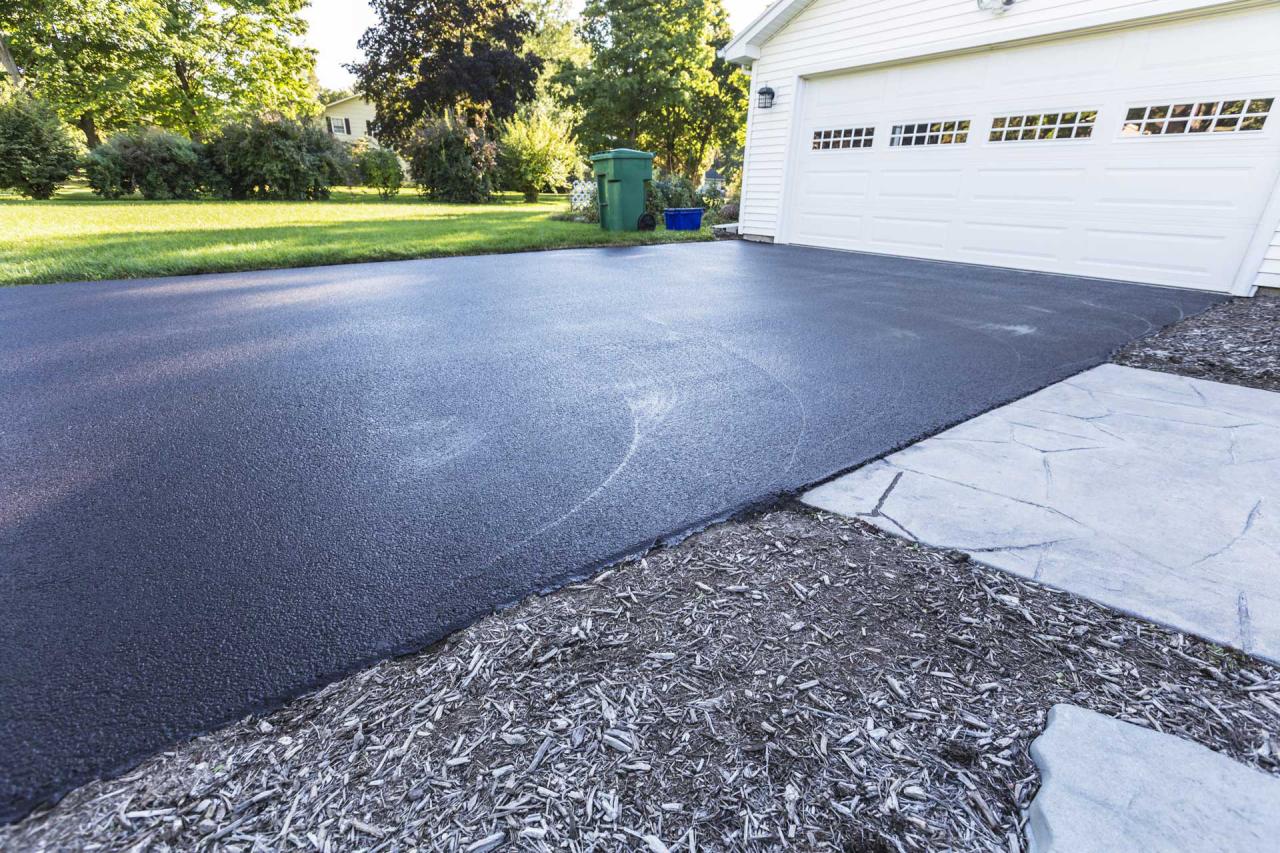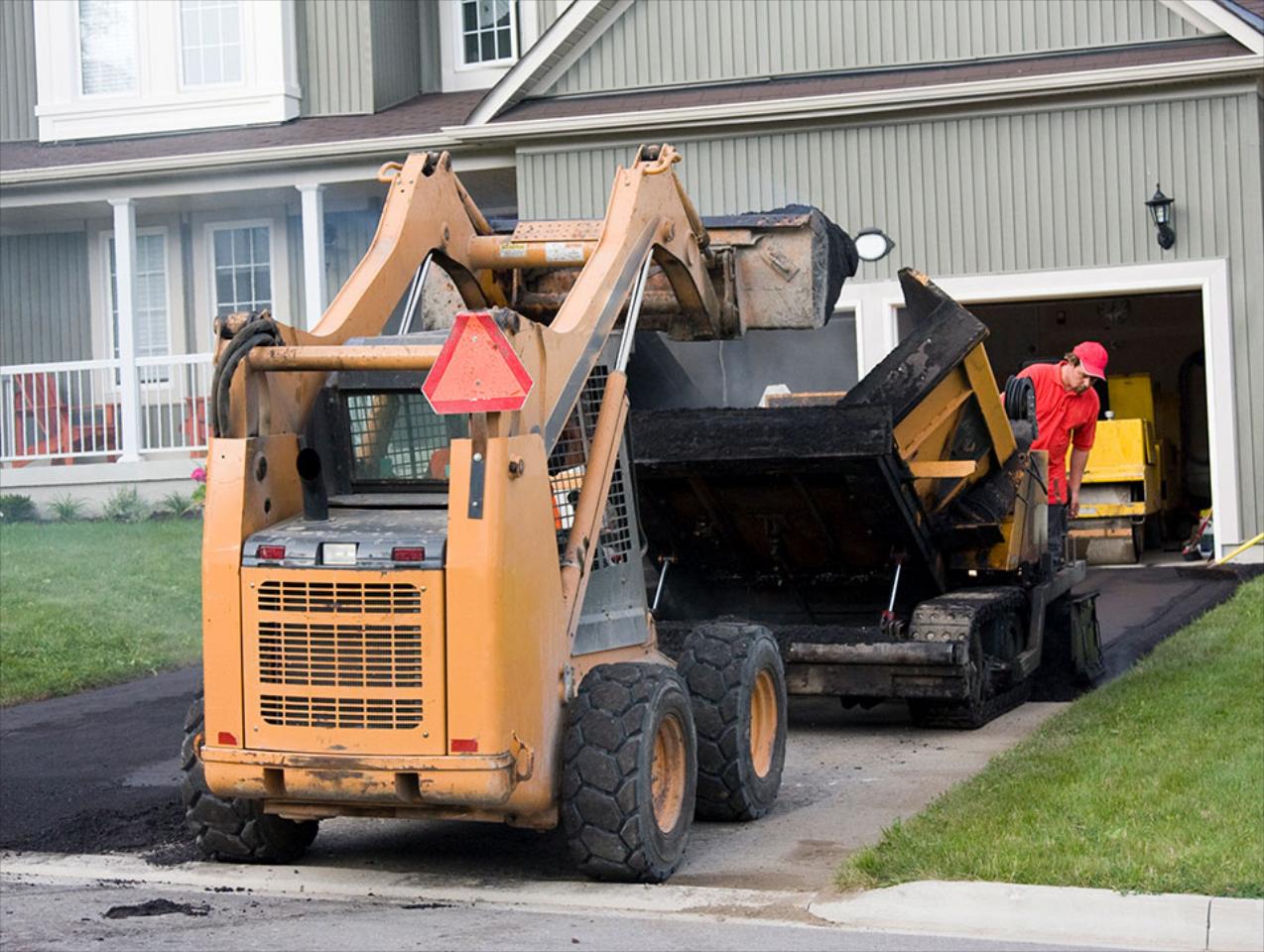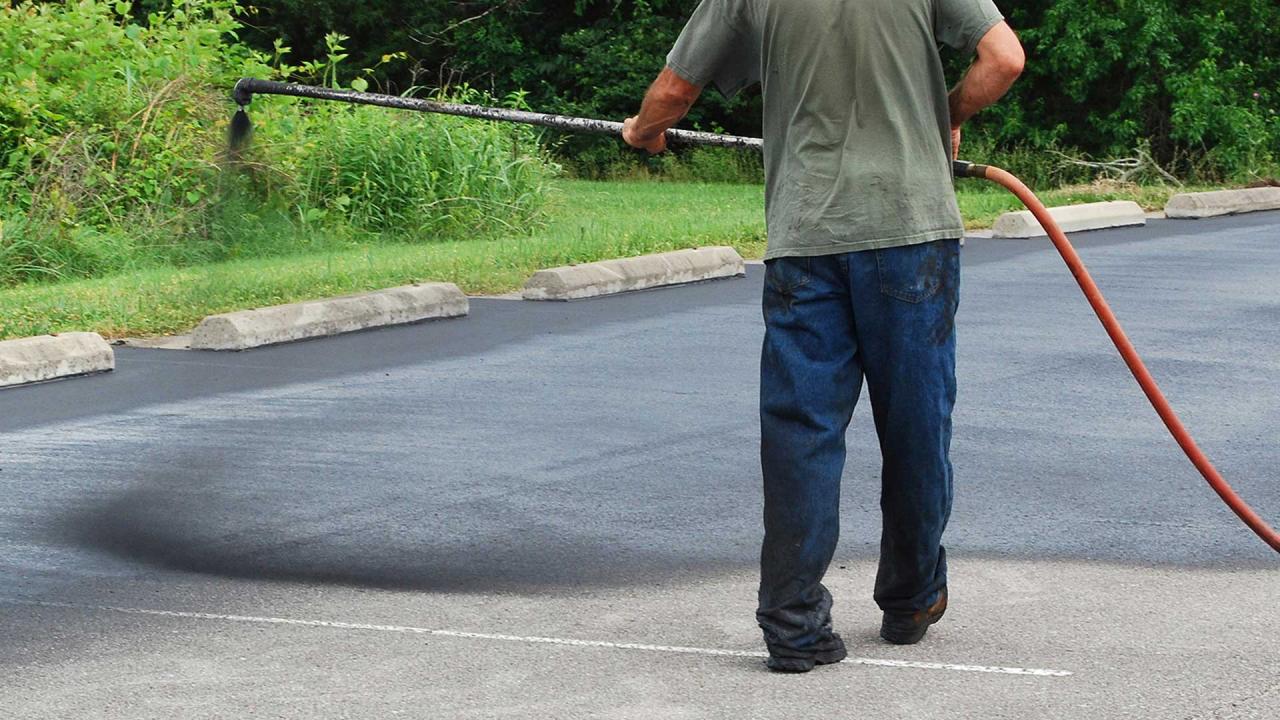Frequently Asked Questions
What do I do if my driveway has poor drainage?
Good drainage requires a bare minimum of 2% 'fall' for water to have proper run-off. This means that the angle or grade of your driveway needs to have a quarter-inch decline for every foot of pavement. For example, a10 foot-wide section of asphalt should decline 2 1/2" for the water to run off properly. Most driveways do not have this amount of grading, so water pools accordingly.
There are several ways to solve this problem - drains, swales and curbs are just a few.
Keep this in mind: If you have an area with less than 2% fall, pooling or ponding water should be expected to happen.

Should I avoid paving my drive in the cooler months after October 1st.
Here is what you need to understand about asphalt:
Asphalt is mixed at a plant, where it is superheated to a temperature over 325 degrees Fahrenheit. Then, it's put into a truck and shipped to your project site. At installation, the asphalt is at least 250 degrees, which allows it to be properly compacted. The air temperature and the temperature of the ground are extremely important to how long the asphalt is pliable and can be compacted. This time can vary based on outside temps and ground temperatures.
Contact us for more information about the best times to apply asphalt for the best results.

What's the best time to sealcoat?
The best time to sealcoat is from May 1st thru October 1. It’s best to sealcoat asphalt surfaces every 2-3 years in moderate temperatures. It’s best to do this when the weather is dry and free of rain.

